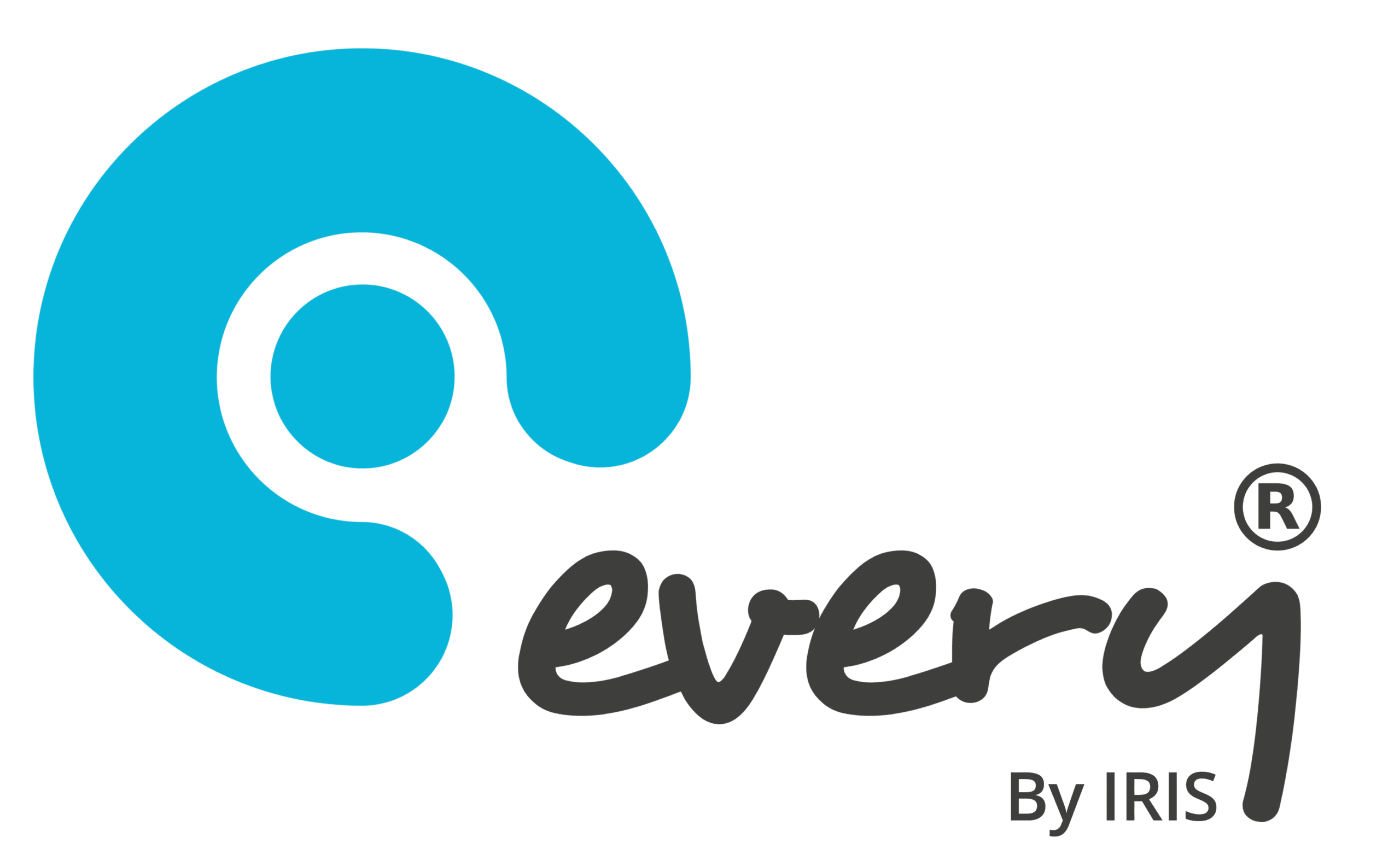The summer holidays are a distant memory now that back to school is a reality. While the autumn term is a hub of excitement, it’s also prone to incidents. Thanks to things like cold and flu season and winter weather, there’s a lot on schools’ radars to firefight. But there’s no need to panic! Every is here to increase your awareness of seasonal incidents, and best help you prepare to lessen the risks.
Below we’ve put together the top 5 episodes commonly reported over the coming months using insight from schools and MATs we service. Every day is a school day, after all!
1. Winter Weather
The Autumn Term sees seasons change from long and hot to cold and harsh. Though we think you’re never too old for a snowball fight, snow causes travel disruptions and makes accessing places difficult. Frostier weather results in icy, hazardous surfaces; slips and trips are more likely to result in more serious injuries.
You could be oblivious to an area of your premises that is particularly prone to ice, and consequent incidents. Every’s compliance software helps you to spot any location patterns of events. You can then put things in place, like restricted access or increased grit supply, to lessen the chances of incidents.
2. The Common Cold
It got its name for a reason – we’ve all had it, and we’ll all keep on getting it. While parents and carers are encouraged to keep sending children to school if they have a cold, particularly contagious strains sweep through schools like no tomorrow. This often results in a lesser workforce or poor student attendance.
Increasing hygiene awareness among staff and students is crucial to ensuring schools stay as healthy as possible. Encourage staff and students to regularly wash hands and correctly dispose of tissues to lessen the risk of transmission.
3. Playground Behaviour
Every aspect of school life is meticulously planned in accordance with relevant health and safety legislation. It’s then risk-assessed to reduce the chances of negative incidents.
Naturally, we can’t cotton wool everything. But we do what we can. We can try to reduce the likelihood of a slip by asking pupils not to run in corridors, but some still will. Reciting that story of the student who swung on a chair and ended up with a lump the size of an egg somehow doesn’t deter some from doing so.
Playtime and breaks are for pupils to let off steam, and recreational time commonly sees collisions, trips, and falls. Bumped heads, twisted ankles, you name it, we’ve just about heard them all. Sure, the occasional bumped head is rather ‘ordinary’, but are you be missing a trick to make these ‘common’ occurrences less common?
Every’s compliance software aids out-of-the-box thinking. Do certain incidents seem to occur at certain times? During similar activities? Under the provision of the same staff? Tracking incidents helps to give you a better overview of your site’s activities, and pin-point troublesome areas where incidents most commonly occur. With Every, you can take informed steps to track, identify, and lessen these risks.
4. Injuries in the Workplace
The educational sector accounts for around 11% of Great Britain’s workforce. That’s a lot of staff, and that’s a lot of scope for workplace accidents. Like schoolchildren, professionals aren’t immune to slips, trips, or falls. In fact, they’re the most common cause of injury at work. Be it a small, local primary school or a multi-site college, educational facilities are busy, with many people moving around at similar times.
Slips can quite literally be an accident, but they can also happen because steps haven’t been taken to identify and omit risk. Take cleaning operations, for example. Fluids make surfaces slippery, perfect criteria for a fall. Our software helps to identify peak times of accidents, helping you reconsider aspects like cleaning schedules. Wet floor signs only get you so far.
It also highlights incident surges in particular areas of premises. Having this awareness means leaders can take immediate actions to find solutions to problems (like poor lighting, uneven surfaces, or cable obstructions). Our platform then lets you monitor the difference changes make, and keeps them under continuous review.
5. Heavy Lifting
Many staff absences can be a result of the physiological impacts of work. For instance, school staff are often bending over or crouching down to review pupils’ work. This can cause a range of physical issues, like back problems, pains, and aches.
Similarly, they’re often lifting heavy loads, like moving equipment between classrooms or sites. That’s why we’ve produced a set of accredited e-Learning courses that includes manual handling. And we also help you plainly see when any related incidents take place, and acknowledge any key spikes. It’s your ticket to better logistical means for your staff. Using Every’s Compliance Software gives you an in-depth insight into your setting’s incidents, both historical and current. It’s the behind-the-scenes tool you need to take informed and complete steps to mitigate risks within your school.
See how Every can help you:
| Thank you for Signing Up |




